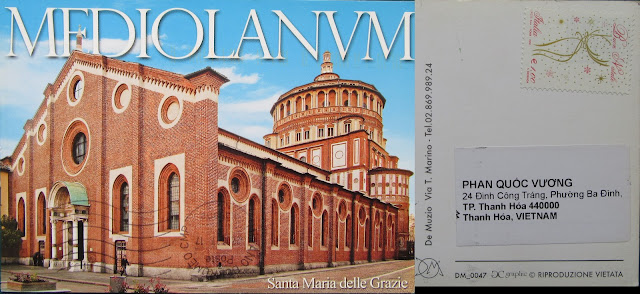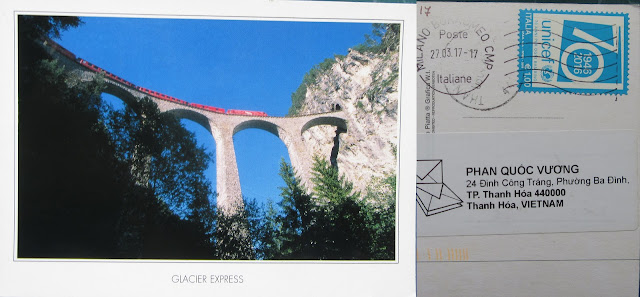Thank you Svenja1!
Palaces and Parks of
Potsdam and Berlin
UNESCO site
Date of Insscription:
1990
The Palaces and Parks of Potsdam
and Berlin (Sanssouci) represent a self-contained ensemble of architecture and
landscape gardening in the 18th and 19th centuries. This ensemble, having an
outstanding artistic rank, has its origin in the work of the most significant
architects and landscape gardeners of their time in Northern Germany - G.W. von
Knobelsdorff (1699-1753), C. von Gontard (1731-1791), C.G. Langhans (1732-1808),
K.F. Schinkel (1781-1841), P.J. Lenné (1789-1866) and their co-operators.
Together with highly imaginative sculptors, painters, craftsmen, building
workers, and gardeners, they created Sanssouci, the New Garden, the Park of
Babelsberg, and other grounds in the surrounding area of Potsdam as an overall
work of art of high quality, European rank, and international standing.
The World Heritage property
enfolds the Palaces and Parks of Potsdam and Berlin including buildings, parks,
and designed spaces, which are intuitively, territorially and historically
aligned with Sacrow Castle and Park and the Sauveur Church.
The cultural landscape with its
parks and buildings was designed and constructed between 1730 and 1916 in a
beautiful region of rivers, lakes, and hills. The underlying concept of Potsdam
was carried out according to Peter Joseph Lenné’s plans, which he designed
after the mid-1800s, to transform the Havel landscape into the cultural
landscape it is today. These designs still determine the layout of Potsdam’s
cultural landscape. The ensemble of parks of Potsdam is a cultural property of
exceptional quality. It forms an artistic whole, whose eclectic nature
reinforces its sense of uniqueness.
In Potsdam, the World Heritage
property includes Sanssouci Park, the Lindenallee Avenue west of the New
Palace, the Former Gardener’s Training School, former Railway Station of the
Emperor and its environs, Lindstedt Palace and its low-lying surroundings, the
Seekoppel paddock, the Avenue to Sanssouci, the Voltaireweg Avenue as a
connection between Sanssouci Park and the New Garden, the New Garden, the
so-called Mirbach Wäldchen Grove and the link between Pfingstberg Hill and the
New Garden, the Villa Henkel with Garden, Pfingstberg Hill, the garden at the
Villa Alexander, Babelsberg Park, the approaches to Babelsberg Park, the
Babelsberg Observatory, Sacrow Park, the Royal Forest around the village of
Sacrow, and the Russian colony Alexandrowka with the Kapellenberg, the
artificial Italian village of Bornstedt and the artificial Swiss village in
Klein-Glienicke. In Berlin, it includes Glienicke Park, Böttcherberg Hill with
the Loggia Alexandra, the Glienicke Hunting Lodge, and the Peacock Island
(including all buildings).
Criterion (i): The ensemble of
the Palaces and Parks of Potsdam is an exceptional artistic achievement whose
eclectic and evolutive features reinforce its uniqueness: from Knobelsdorff to
Schinkel and from Eyserbeck to Lenné, a series of architectural and landscaping
masterpieces have been built within a single space, illustrating opposing and
reputedly irreconcilable styles without detracting from the harmony of a
general composition that has been designed progressively over time. The
beginning of the construction of Friedenskirche in 1845 is a symbol of
deliberate historicism: this "Nazarene" pastiche of San Clemente
Basilica in Rome commemorates the laying, on 14 April 1745, of the first stone
for Sanssouci, the Rococo palace par excellence.
Criterion (ii): Potsdam-Sanssouci
- frequently called the "Prussian Versailles" - is the
crystallization of a great number of influences from Italy, England, Flanders,
Paris, and Dresden. A synthesis of art trends in European cities and courts in
the 18th century, the castle and the park offer new models that have greatly
influenced the development of the monumental arts and the organization of space
east of the Oder.
Criterion (iv): Potsdam-Sanssouci
is an outstanding example of architectural creations and Landscaping
development associated with the monarchic concept of power within Europe. By
the vastness of the program, these royal ensembles belong to the very distinct
category of princely residences, such as Würzburg and Blenheim (included on the
World Heritage List in 1981 and 1987 respectively). The bombing of 14 April
1945 has made it impossible to nominate to the World Heritage List the urban
ensemble developed by Frederick William I in two stages: the "first new
town", from 1721 to 1725, and the "second new town", beginning
in 1733.
Source: unesco.org












































